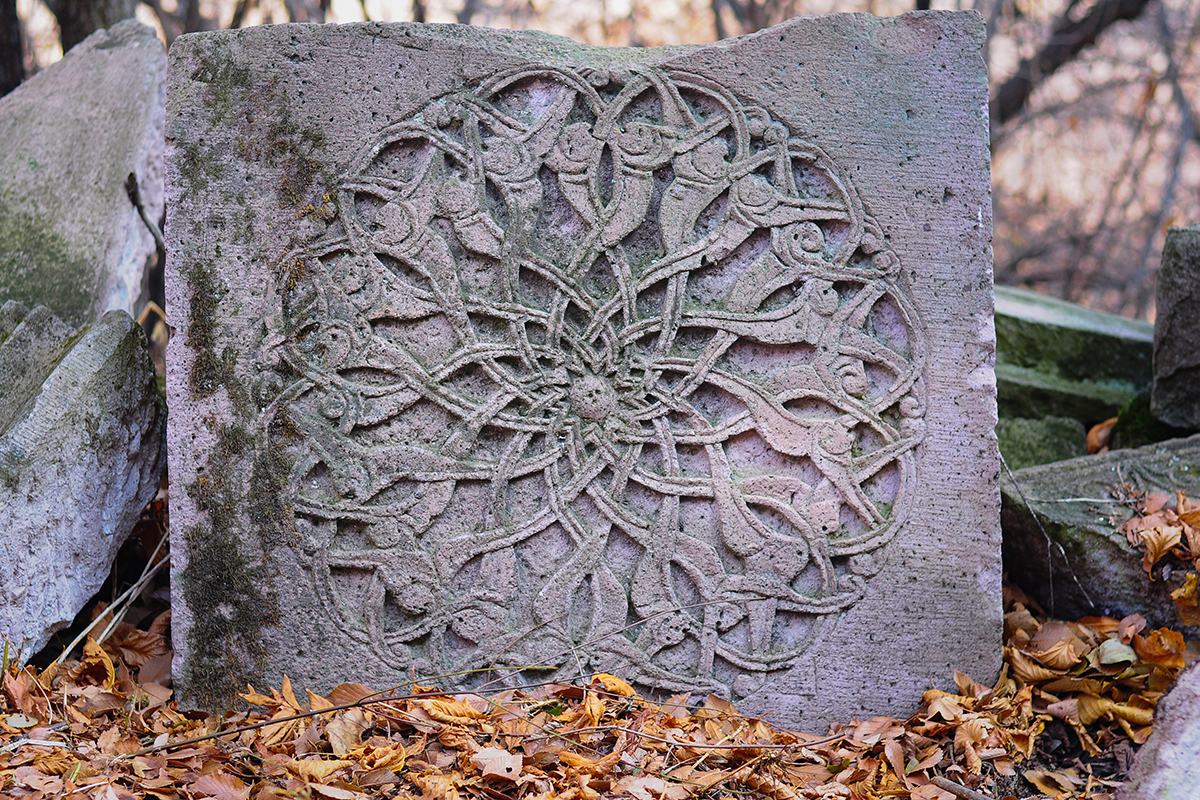The Debed Canyon is one of the most impressive natural landscapes in the north of Armenia. The canyon stretches from the city of Vanadzor, the administrative center of Lori province, along the Debed river and all the way north to the Armenia-Georgia border. With its maximum depth of 350 meters, Debed canyon is the lowest point of the Republic of Armenia – about 380 meters above sea level. The Debed river that flows through the canyon, the winding road running along it, the surrounding mountains and the breathtaking views that open up from their slopes make the Lori Gorge a popular destination worth visiting in all seasons.
History
The present-day area of the Debed canyon occupies parts of the Gugark and Utik provinces of the historical Kingdom of Armenia. Influential royal families, such as the Bagratids, the Mamikonyans, and the Zakarids have ruled over this part of the Lori province. In the Middle Ages, the region was included in the territories of the Kingdom of Tashir-Dzoraget founded by Kiurike I, son of King Ashot III of the Bagratid Kingdom of Armenia.
In the 11th century, with the fall of the Armenian kingdom to the Byzantine empire, this area shared common history with the neighboring Kingdom of Georgia for the coming centuries. This is why today a number of churches can be found around the Debed canyon with strong Chalcedonian or Greek Orthodox traditions; particularly striking examples of Byzantine influence are the frescoes and murals decorating the church interiors, for example, in Kobayr and Akhtala monasteries. Inscriptions in both Armenian and Georgian can be found on the church walls.
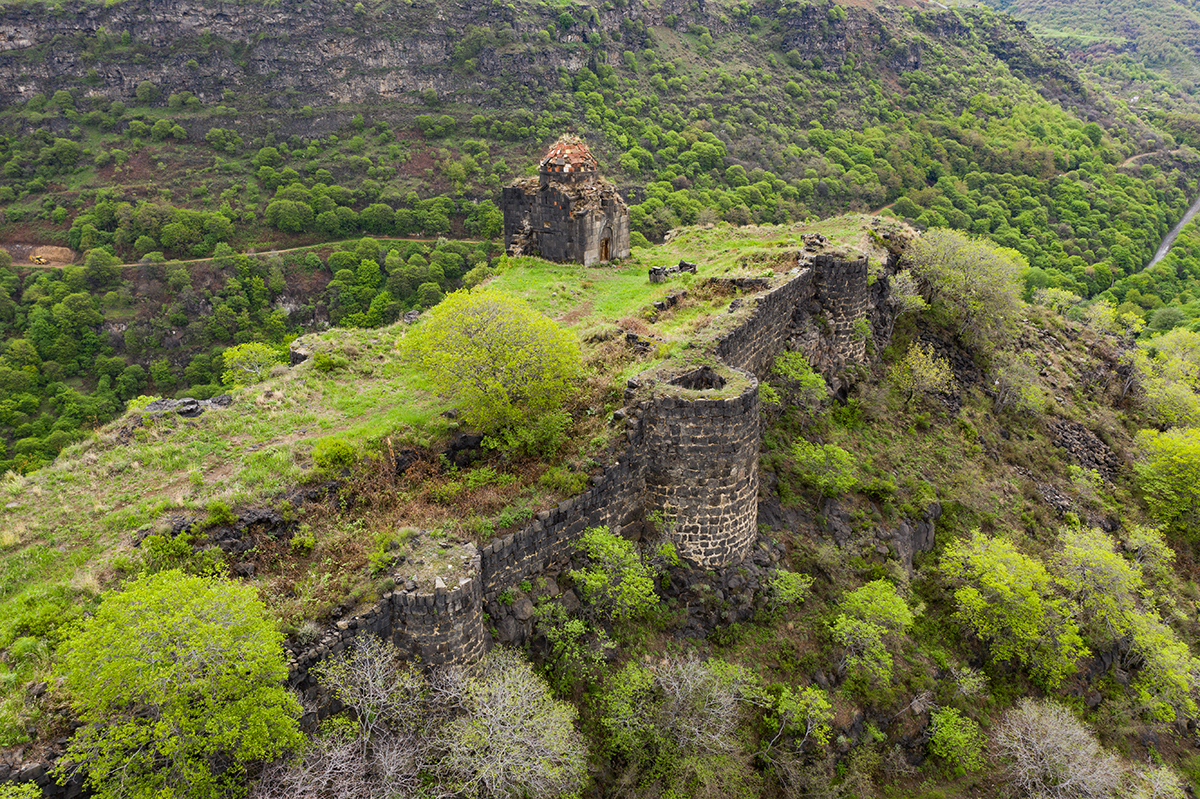

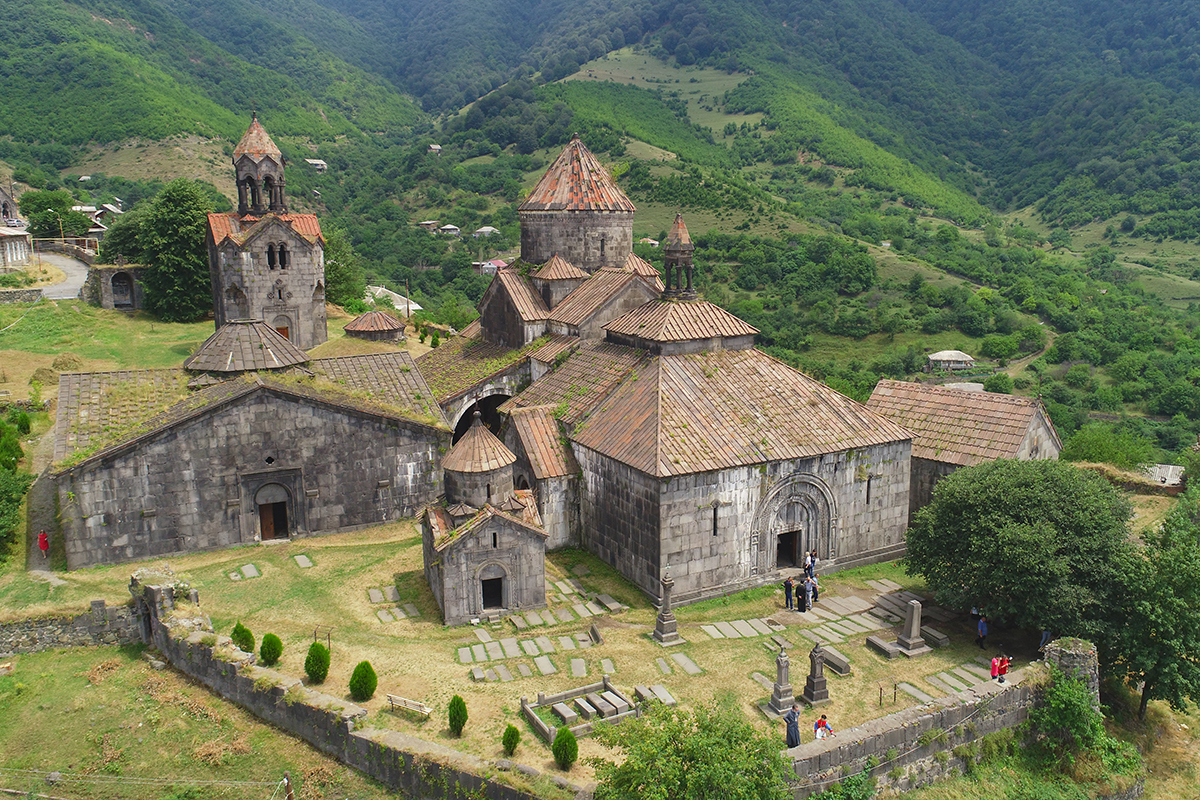

Culture
Debed canyon is home to a number of fine examples of medieval Armenian ecclesiastical architecture, with spacious narthexes, tall drums of the domes and elaborate exterior decorations, including the widely acclaimed masterpieces, the monasteries of Haghpat and Sanahin, both in the UNESCO World Heritage list. And the villages of Dsegh, Marts, and Haghpat are home to unique All Savior khachkars (cross-stones). Very few khachkars of this type are known in Armenia, and three of them, dated 1273, 1281 and 1285 AD, are found in the Debed canyon.
Local people are known for their creativity. Enormous is the contribution of the great poet and writer Hovhannes Tumanyan, a native of Dsegh, writer Hrant Matevosyan, native of Ahnidzor, and writer and translator Stepan Zoryan, native of Vanadzor, to the Armenian literature. Their poems, fairy tales, short stories, and historical novels are known and loved by Armenians all around the world.
People
The people of Debed canyon have their own traditions, festivities, and holidays. The village of Dsegh, for example, celebrates the legacy of Hovhannes Tumanyan by hosting an annual event called “Tumanyan Fairy Tale Day,” an international puppet theater festival. Another international festival is “Theatrical Lori” which takes place in Alaverdi, bringing together theater troops from many countries.
The Feast of Vardavar is widely celebrated all around Armenia. Here, in the province of Lori the feast is celebrated on a date different from the rest of the country. Unlike in Yerevan and other regions where people celebrate Vardavar by gathering outside in large groups and pouring water on one another, the locals in the Lori province usually travel to the nearby mountains, prepare traditional dishes and enjoy outdoor picnics together.
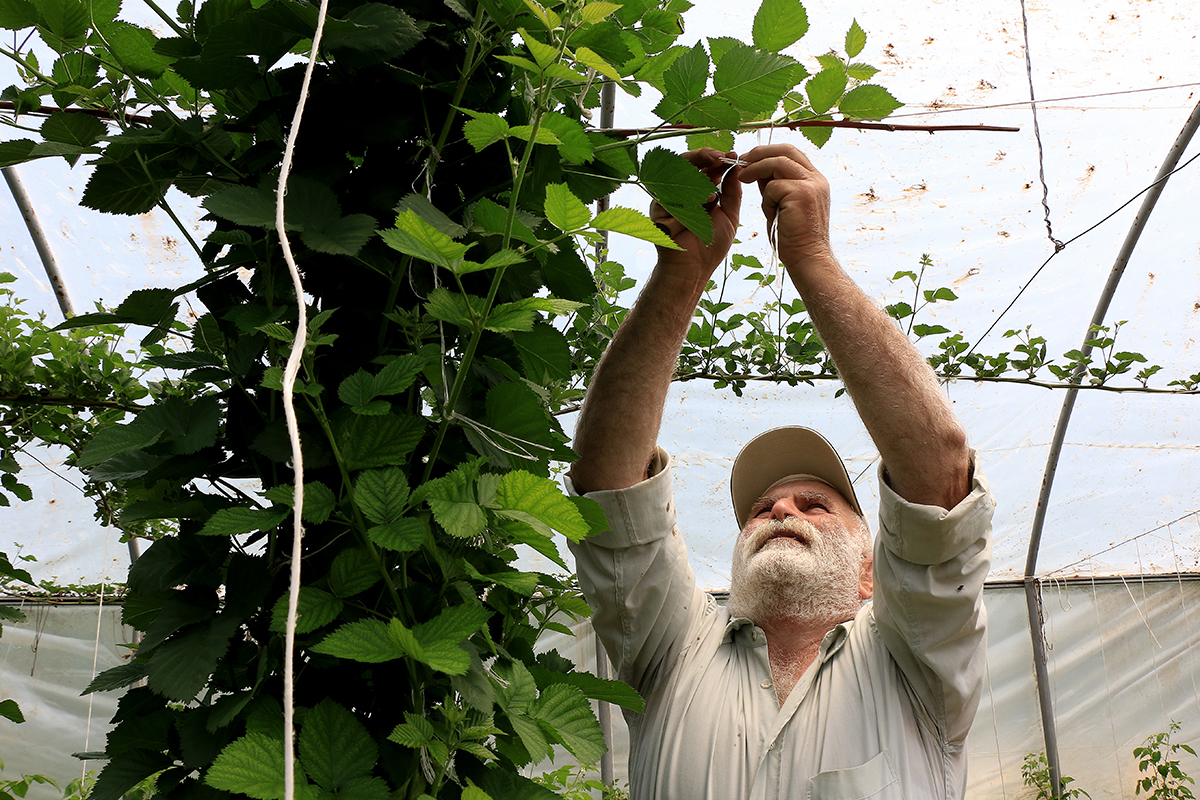

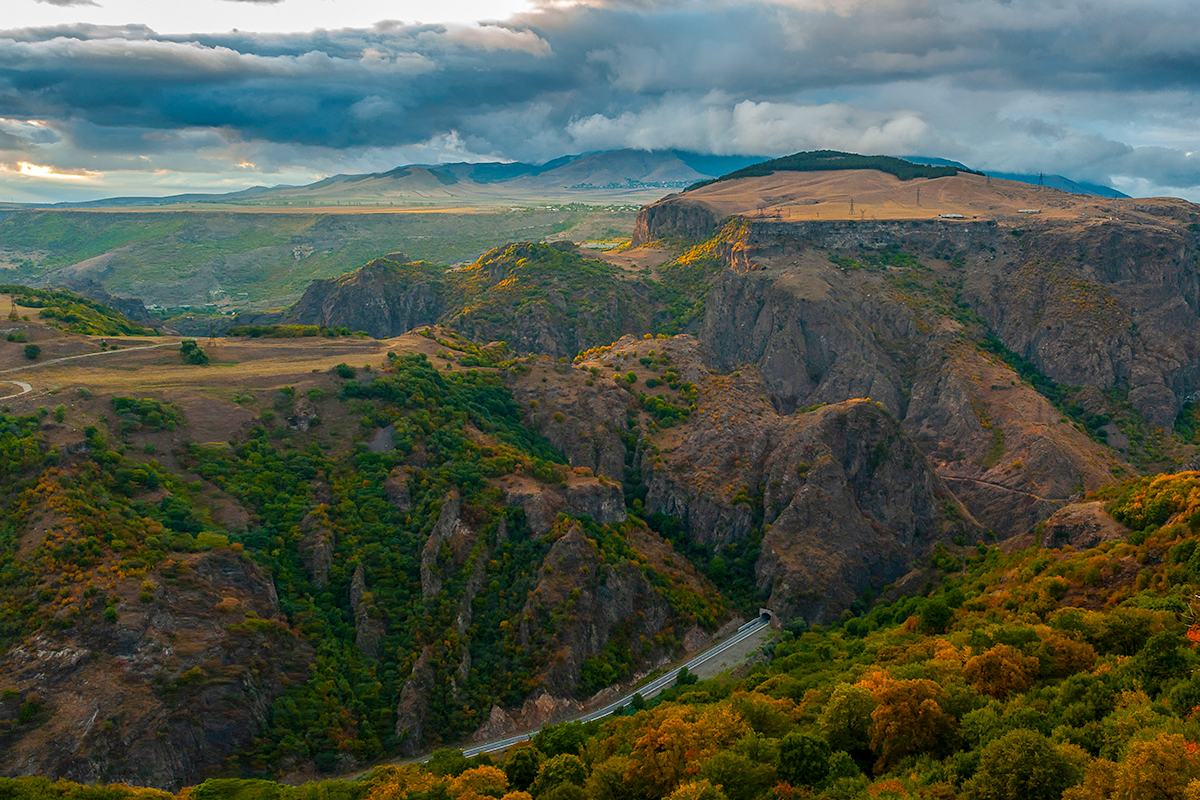

One of the old and almost entirely forgotten traditions of the locals in Debed canyon is the ceremonial rite of the Nouri doll, also called the rain fairy. Nouri had big eyes, and locals believed her tears would bring the much-needed rain for villagers cultivating the land. At times of drought, children carried the Nouri doll from house to house, where villagers sprinkled water over the doll, and some women even offered treats. Somewhat resembling the Halloween tradition, this rite of Nouri was a children’s favorite. Today, the House of Fairy Tales, a gastro-yard, guest house, and puppet theater in the village of Pambak, tries to revive the ceremony of Nouri within the local community, introducing this old tradition to the children.
The art and culture scene in Debed canyon is rich and diverse. The House of Fairy Tales in Pambak organizes workshops on doll and yarn making traditions. Doll maker Anahit Atoyan from the village of Dsegh is known for her collection of dolls exhibited in the cabin in front of the Hovhannes Tumanyan house-museum. The ancient art of stone carving, passed down from generation to generation, today manifests in contemporary khachkar artists and masters, such as Bogdan Hovhannisyan from Vanadzor. Gagik Vanyan from Dsegh, on the contrary, explores the art of wood carving and creates large and medium-sized decorative works. The landscapes of Debed canyon have become a source of inspiration for a myriad of local painters, such as Anatoly Avetyan or young contemporary artist Taron Marukyan.
